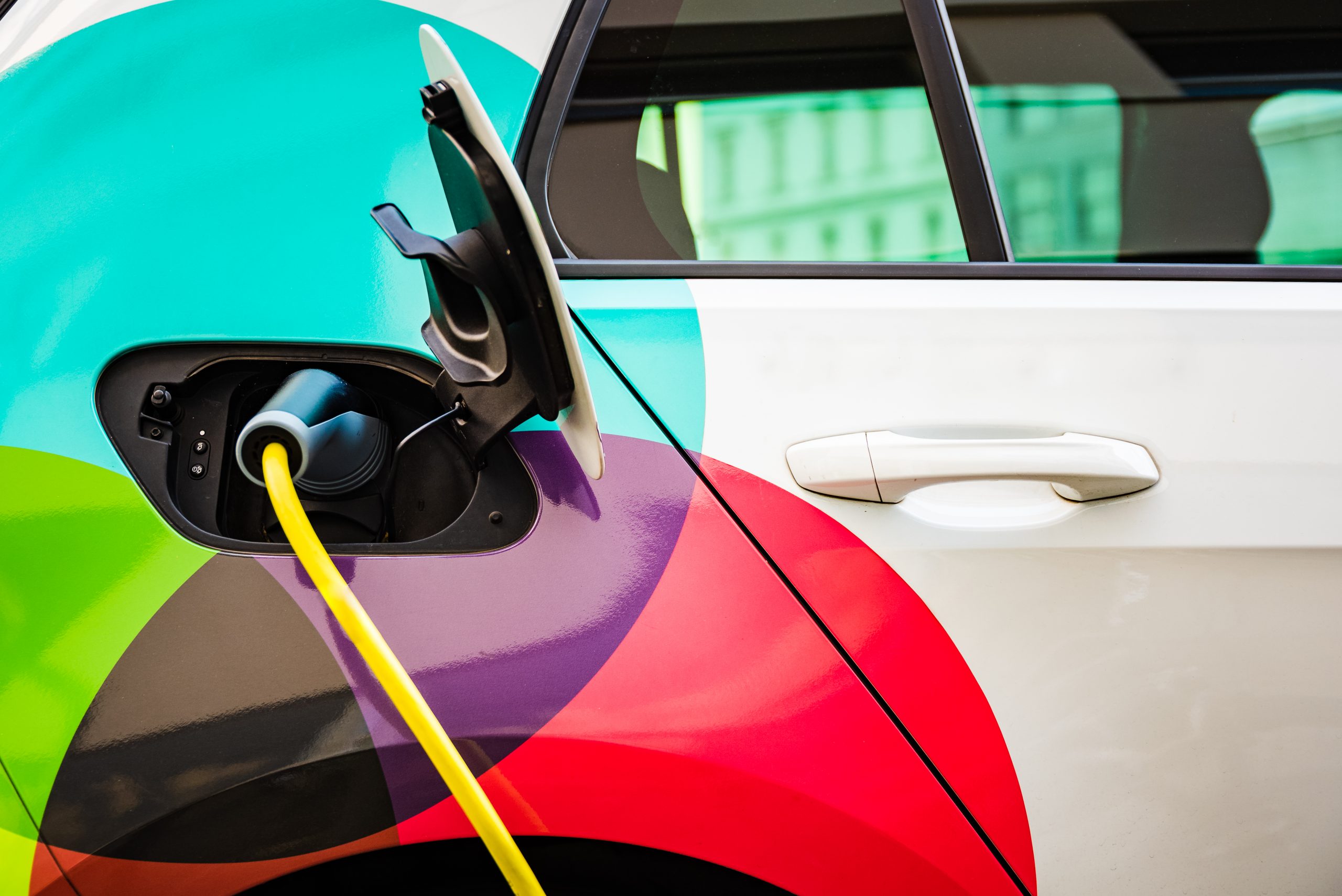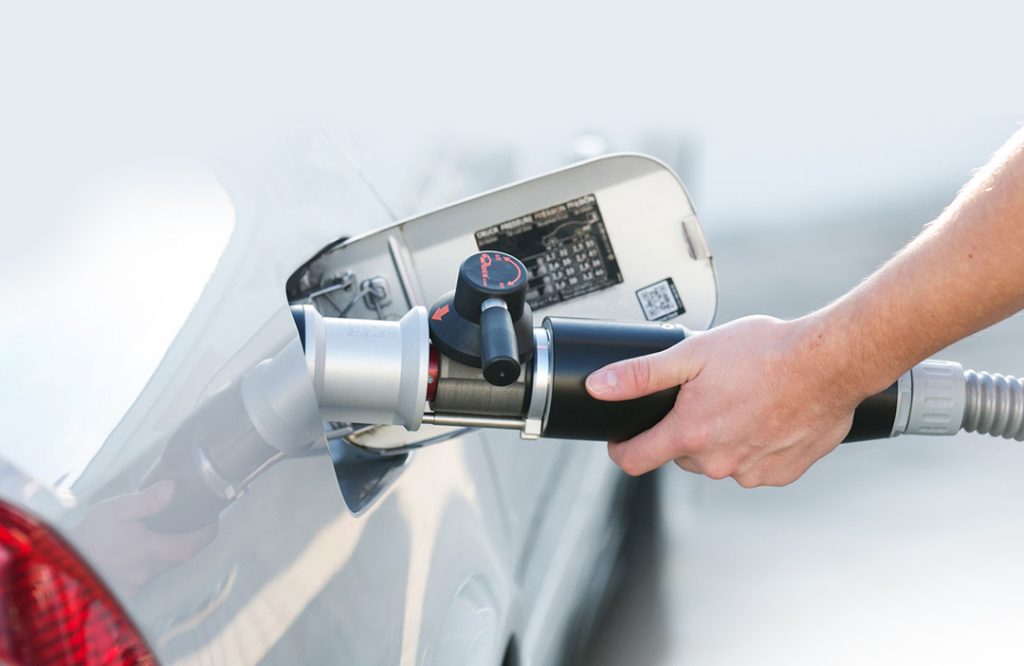
The continues increasing cost of conventional fuel and the awareness of environmental issues have made it clear that in India future belongs to the electric vehicles. While the government is not leaving any stone unturned to make this future possible, the charging infrastructure to support the commercial electric vehicles is an challenge to be addressed.
The first patent for the internal combustion engine was granted in 1794. But it took more than 100 years before they went mainstream.
This was all thanks to the work of pioneers like Gottlieb Daimler and Karl Benz. They sparked the race for the development of internal combustion engines. The upgrades they made to petrol and diesel engines paved the way for modern automobiles. Unfortunately, they also doomed electric cars to obscurity along the way.

You see, the early 1900s was a time of great innovation. Not only were ICE cars finally becoming reliable and affordable. But we also saw the development of the first electric vehicles during this period. The first personal electric vehicle was developed in 1881. Just 5 years before Karl Benz began the commercial production of ICE vehicles.
As the popularity of Mercedes Benz rose, other manufacturers began work on ICE cars too. The developments in engine efficiency and power soon outpaced the initial electric vehicles. As a result, most manufacturers soon gave up on electric vehicles altogether.
Soon enough, ICE cars went from being luxury purchases to everyday use vehicles. They started coming in all shapes and sizes. And contained massive V8 engines that remain the epitome of automotive excess. With little to no competition left, petrol and diesel engines ruled the roads for the next 100 years.
If it wasn’t for the 1973 oil crisis, and the subsequent gulf war, we might still be happy with those land yachts. But, as they say, the show must go on. And we made sure it did.
In less than a decade, car companies went from making luxury muscle cars to economy vehicles. We saw another round of development in internal combustion engines. With the development of modern equipment like turbochargers and ECU’s.
These innovations led to the introduction of computers in automobiles. Which in turn opened a whole new avenue of development. These changes eventually came full circle. And began feeding into the development of modern electric vehicles.
It all began with the development of metal oxide semiconductor technology. Hitachi pioneered this new technology and helped develop the first MOSFET power converters. These converters not only reduced the power loss associated with electric engines. But also led to the creation of single-chip microcontrollers. That can handle all the drive functions, as well as battery management tasks.
This was the peak of 70s automotive engineering. Which was soon followed by the development of lithium-ion batteries in the 80s. These two innovations helped shift the fortunes of the entire EV market. As we could finally see a way of making electric vehicles viable for the public.
With these new technologies in place, it was finally time to develop a new generation of EVs. A task that was spearheaded by the founders of Tesla. Which as we know, is currently the highest valued automotive brand in the world.
We won’t go in-depth about the promise of Tesla, and what they have delivered. But suffice to say, this company has single-handedly established the modern EV market. What once seemed like a dying technology, is now the future of automobiles. As all major and minor automobile manufacturers have committed to an electric future.
This future will still take some time to be realized though. While EVs are finally becoming viable, they are still quite expensive. It will take a whole new slew of developments to bring these costs down. As well as increase the efficiency of batteries. Which is one of the biggest bottlenecks in EV adoption.
Thankfully, unlike the early 1900s, we won’t have to wait another 100 years for this to happen. Today, the whole world is interested in seeing where this electric future will take us. Companies are investing billions in EV R&D, and any big or small development is welcome with open arms.
Odisha announces Electric Vehicle Policy to promote Electric Vehicles Manufacturing
A good example of this is the recent slew of investments and development being done by various Indian companies in this segment. On paper, India seems like the perfect place for electric vehicles. With millions of two wheelers and cars, and a billion plus population, we could benefit from sustainable transport the most. Yet we also have some of the most challenging logistics and supply chain systems as well. Not to mention extreme weather conditions and generally rash driving styles.
Any company that can deliver viable and valuable products to this region will automatically have an advantage in less challenging markets. Which is why we are always keen to see how they progress. We are currently tracking all sorts of Indian EV players, from well known brands like Ola and Ather, to lesser known entities like One Energy and Atuomobil 1.0.
At Renewable India, we take pride in reporting on all these innovations. It is our responsibility to record these changes, as history unfolds before our very eyes. We encourage you to join us in this endeavor. If you too are involved in the production of electric vehicles, publish your content with us. We will take pride in helping educate people about what they can expect from the future of automobiles.
Leave a Reply